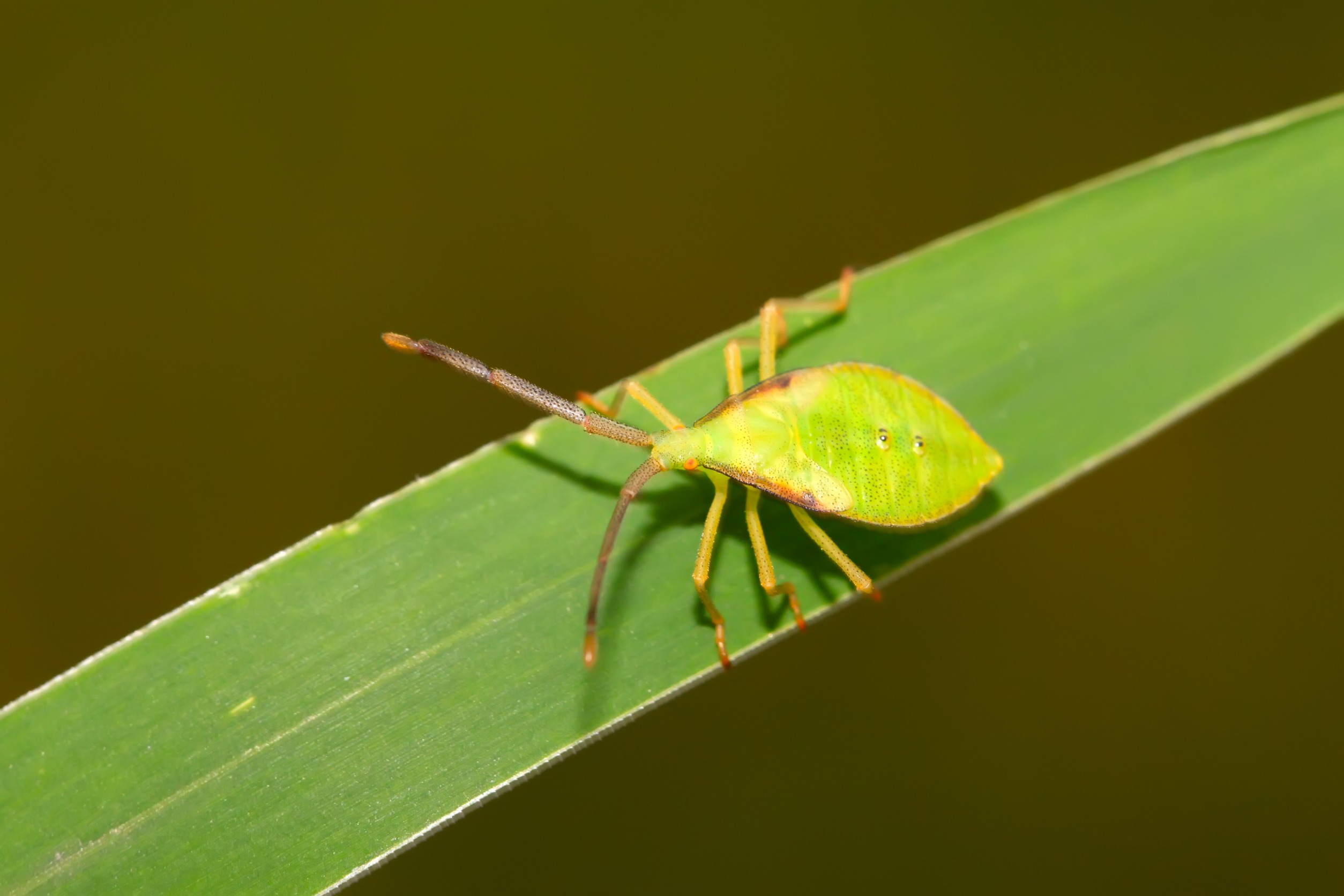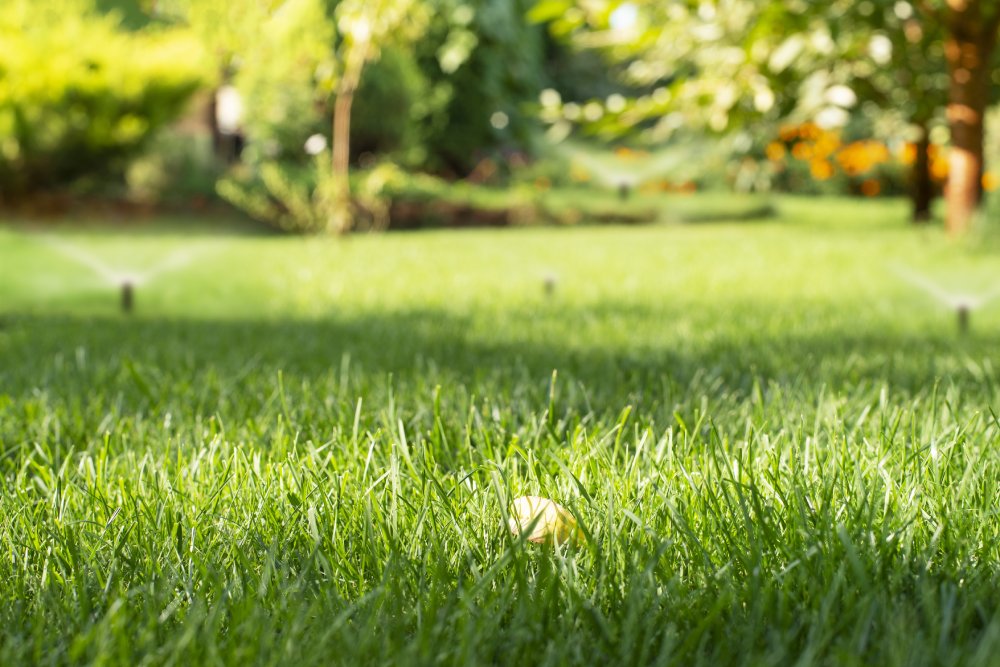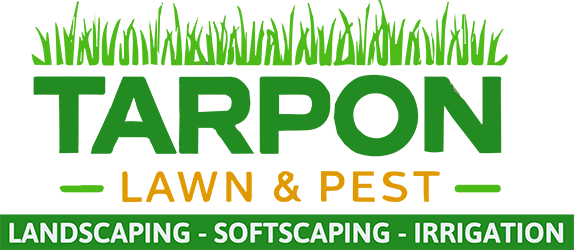Pest Control

Lawn Pests & Pest Control
Lawn pests can cause significant damage to your lawn, garden, and landscaping.
Identifying these pests and understanding how to manage them, including the use of pesticides, is crucial for maintaining a healthy and attractive lawn.
Here’s a comprehensive overview:
Common Lawn Pests
1. Grubs: These are the larvae of beetles and feed on grassroots, leading to brown patches in the lawn. Common types include Japanese beetle grubs and June beetle grubs.
2. Chinch Bugs: Small, black insects with white or red markings that suck sap from grass blades, causing yellow or brown patches.
3. Armyworms: Caterpillars of moths that can cause significant damage by feeding on grass blades and sometimes entire lawns.
4. Cutworms: Caterpillars that cut down young grass or plants at the base, causing irregular brown patches.
5. Aphids: Tiny, sap-sucking insects that can weaken grass and other plants. They often produce a sticky substance called honeydew that can lead to the growth of sooty mold.
6. Clover Mites: Tiny red mites that feed on grass and other plants, often causing a red or brown tint to the lawn.
7. Turfworms: Larvae of various moth species, including sod webworms, which feed on grass blades and can create irregular patches of damage.
Integrated Pest Management (IPM)

IPM is a holistic approach to managing lawn pests that emphasizes prevention and minimizes the use of chemicals. It includes:
1. Cultural Practices: Maintain a healthy lawn through proper mowing, watering, and fertilization. Healthy grass is more resistant to pests.
2. Physical Controls: Manually remove pests or use barriers to protect plants. For example, using nematodes (beneficial worms) can help control grubs.
3. Biological Controls: Introduce natural predators or parasites to control pest populations. For instance, birds, beneficial insects (like ladybugs), and certain fungi can help manage pests.
4. Monitoring and Early Detection: Regularly inspect your lawn for signs of pests and damage. Early detection can prevent more severe infestations.
5. Chemical Controls: Use pesticides as a last resort, and choose products that are specifically designed for the pest and safe for the environment.
Alternatives to Pesticides
1. Natural Predators: Encourage birds and beneficial insects to help control pest populations.
2. Neem Oil: Acts as a natural insect repellent and fungicide.
3. Homemade Remedies: Solutions like soapy water can help manage some pests, while sprinkling diatomaceous earth can deter insects.
4. Proper Lawn Care: Maintaining a healthy lawn reduces the likelihood of pest infestations. This includes appropriate watering, fertilizing, and aeration.
Effective pest management combines understanding your lawn’s specific needs with targeted actions to keep it healthy and pest-free.

